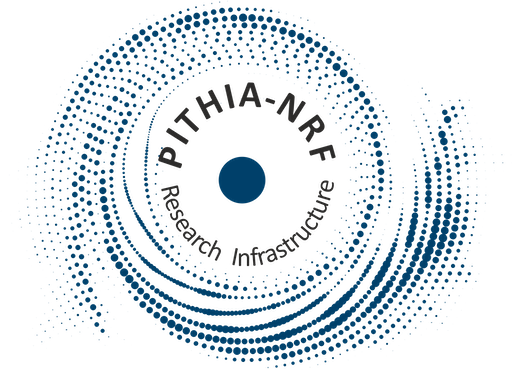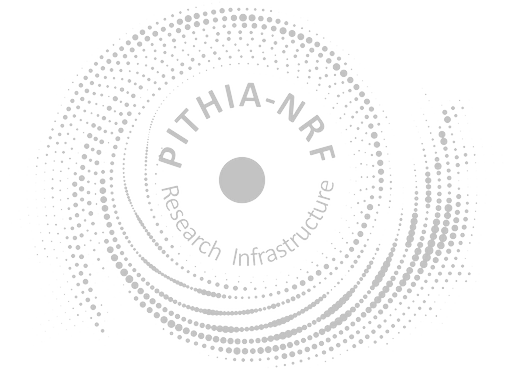SOLERA
(SOLERA)Last modified on Oct 9th, 2023
Status:
In This Page
Responsible Parties
Abstract
A new GNSS Solar Flare Activity Indicator (GSFLAI) is presented, given by the gradient of the ionospheric Vertical Total Electron Content (VTEC) rate, in terms of the solar-zenithal angle, measured from a global network of dual-frequency GPS receivers. It is highly correlated with the Extreme Ultraviolet (EUV) photons flux rate at the 26–34 nm spectral band, which is geo-effective in the ionization of the mono-atomic oxygen in the Earth’s atmosphere. The results are supported by the comparison of GSFLAI with direct EUV observations provided by SEM instrument of SOHO spacecraft, for all the X-class solar flares occurring between 2001 and 2011 (more than 1000 direct comparisons at the 15 s SEM EUV sampling rate). The GSFLAI sensitivity enables detection of not only extreme X-class flares, but also of variations of one order of magnitude or even smaller (such as for M-class flares). Moreover, an optimal detection algorithm (SISTED), sharing the same physical fundamentals as GSFLAI, is also presented, providing 100% successful detection for all the X-class solar flares during 2000–2006 with registered location outside of the solar limb (i.e., detection of 94% of all of X-class solar-flares) and about 65% for M-class ones. As a final conclusion, GSFLAI is proposed as a new potential proxy of solar EUV photons flux rate for strong and mid solar flares, presenting high sensitivity with high temporal resolution (1 Hz, greater than previous solar EUV irradiance instruments), using existing ground GNSS facilities, and with the potential use as a solar flare detection parameter.
Website
http://chapman.upc.es/.monitor/SOLERAdriftDocumentation
-
Hernández‐Pajares, M., García‐Rigo, A., Juan, J.M., Sanz, J., Monte, E. and Aragón‐Àngel, A., 2012. GNSS measurement of EUV photons flux rate during strong and mid solar flares. Space Weather, 10(12).
Published 10/12/2012
DOI
doi:10.1029/2012SW000826
Further Resources and Information
Resources
Go to Metadata FileKeywords
- Ionosphere
- Vertical Total Electron Content
- Slant Total Electron Content
- Ionospheric observations
- Ionospheric Specification
- HF radio wave propagation
Metadata Information
| Editor | Polytechnic University of Catalonia |
| Version | 1 |
| Created | Monday 9th Oct. 2023, 11:00 |
| Last Modified | Monday 9th Oct. 2023, 11:00 |

